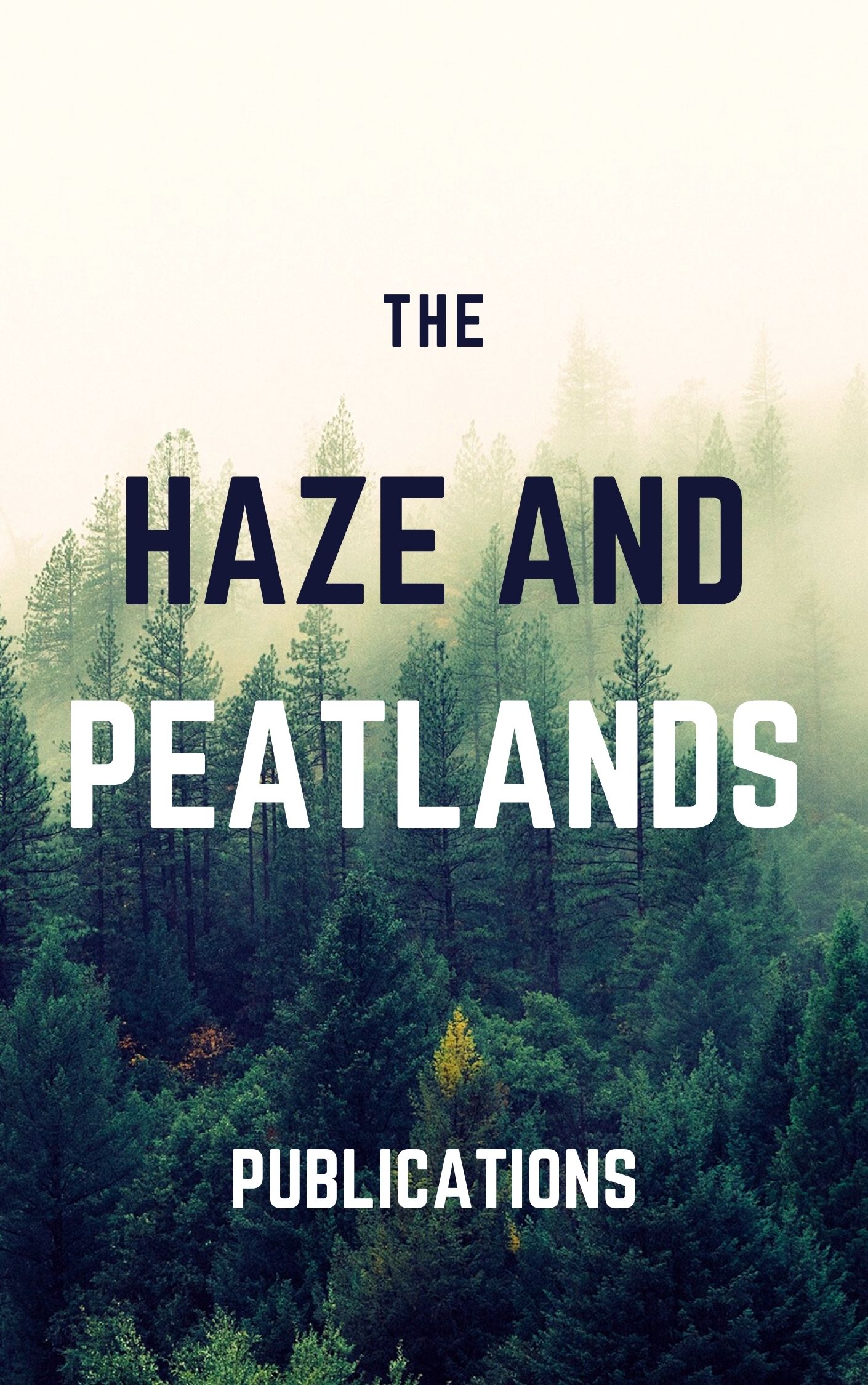Keyword(s)
artificial regeneration, atmosphere, biomass, carbon dioxide, demand, ecosystems, energy, energy policy, energy resources, forest management, forest products industries, forest resources, forests, fuels, fuelwood, indigenous knowledge, non-wood forest products, nutrients, power stations, profitability, renewable resources, research, resource utilization, rural development, supply balance, sustainability, timber trade, traditional farming, tropical forests, waste utilization, wood, wood residues, woodlands, Brazil, Developing Countries, Honduras, Indonesia, Philippines, USA, Dipterocarpaceae, Theales, Malvales, dicotyledons, angiosperms, Spermatophyta, plants, eukaryotes, Latin America, America, South America, Threshold Countries, countries, CACM, Central America, APEC countries, ASEAN Countries, South East Asia, Asia, Developed Countries, North America, OECD Countries, firewood, forest industry, Forest resources and wood-based biomass energy as rural development assets, minor forest products, non-timber forest products, power plants, resource exploitation, studies, supply and demand, Third World, Underdeveloped Countries, United States of America, Forests and Forest Trees (Biology and Ecology) (KK100), Energy (PP100), Wood Properties, Damage and Preservation (KK510), Plant Wastes (XX200), Waste Conversion and Utilization (XX600) (Discontinued March 2000), Non-wood Forest Products (KK540), Forest Mensuration and Management (KK120) (Discontinued March 2000), Silviculture and Forest Management (KK110)

